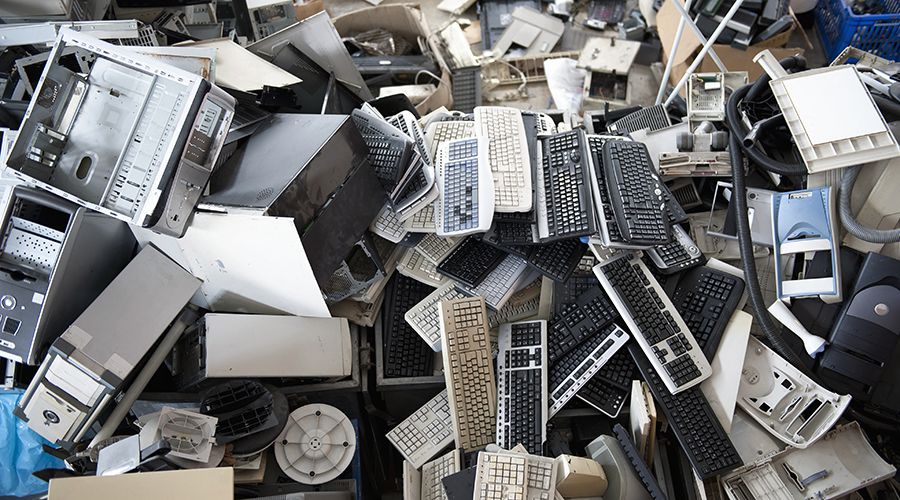3D printing is rather considered as an ecological technology because of its additive process which uses only the material necessary to manufacture the part. Nevertheless, the whole process generates some waste and it is important to work on these points to further limit the impact of this technology on the environment.

The ecological advantages of 3D printing
In some cases, 3D printing can be used to fight against programmed obsolescence, which generates a lot of waste. Indeed, although the technology still has some limitations to effectively fight against this commercial strategy (3D files not available, manufacturing costs, mechanical characteristics of materials...), it still provides solutions that will grow in the years to come.
3D printing makes it possible to reduce mass production or, in some cases, to better control it. Indeed, with this technology it is possible to create personalized objects that meet a precise need. This has an impact on storage (only what is needed is created), but also on transportation: the 3D file can be used anywhere in the world and the object can be produced locally.
The technology as well as the materials also have advantages:
- 3D printing is an additive process, more ecological than subtractive processes such as machining, for example, because it consumes less material.
- The manufacturing process allows for the creation of light and complex structures (e.g. honeycombs) which further limit the consumption of material.
The respect of the environment, a component of the strategy at 3D Prod
Beyond the advantages brought by the technology, 3D Prod works on its processes in order to limit a little more the impact of its activity on the environment.
The first area of work is the recycling of waste generated during the finishing phases:
- Powder recycling: by adopting new technologies such as the new Multi Jet Fusion 3D printer developed by HP, the quantity of non-reusable powder is decreasing. This evolution, mainly due to a better recycling of powders, allows to reduce the quantity of waste.
- Recycling of isopropyl alcohol (ethanol): this product used for cleaning parts produced in stereolithography was previously disposed of by specialized companies once it was contaminated. Today, it is recycled internally by a distillation system to be reused directly in the finishing process.
Another initiative has been undertaken to reuse the calories released by the production machines to heat the buildings thanks to an exchanger system that reinjects these calories into the heating circuit. This system is autonomous and therefore avoids the electrical consumption linked to a traditional heating system.
Finally, the Vosges-based company has created a dust extraction system at the workstations. The dust is not discharged into the environment but is treated in a cyclonic separation system that separates it from the extracted air and stores it in bags that are then recovered and treated by specialized companies.
" The environmental issue is part of 3D PROD's strategic thinking. This approach is motivated by a desire to respect the environment and to achieve productivity gains in the medium term. Quentin Kiener, President and Founder of 3D PROD.
